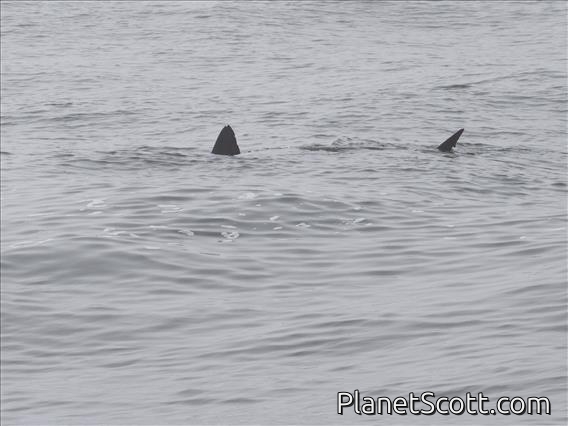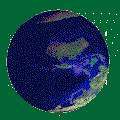Salmon Shark (Lamna ditropis)

Salmon Shark (Lamna ditropis)
×


Salmon Shark (Lamna ditropis)
About Salmon Shark (Lamna ditropis)
- Kingdom: Animals
- Phylum: Chordates
- Class: Cartilaginous Fish
- Order: Lamniformes
- Family: Lamnidae
The salmon shark is a species of mackerel shark found in the northern Pacific ocean. Similar to other mackerel sharks, salmon sharks have a thunniform body type. As an apex predator, the salmon shark feeds on salmon, squid, sablefish, birds, walleye pollock, and herring. Salmon sharks get their name from their diet, which primarily consists of salmon. It is known for its ability to maintain stomach temperature (homeothermy), which is unusual among fish. This shark has not been demonstrated to maintain a constant body temperature. It is also known for an unexplained variability in the sex ratio between eastern and western populations in the northern Pacific.
Source: Wikipedia
Trips
No trip reports available.Visits
-
2013-08-18
Farallones Marine Sanctuary, United States of America

